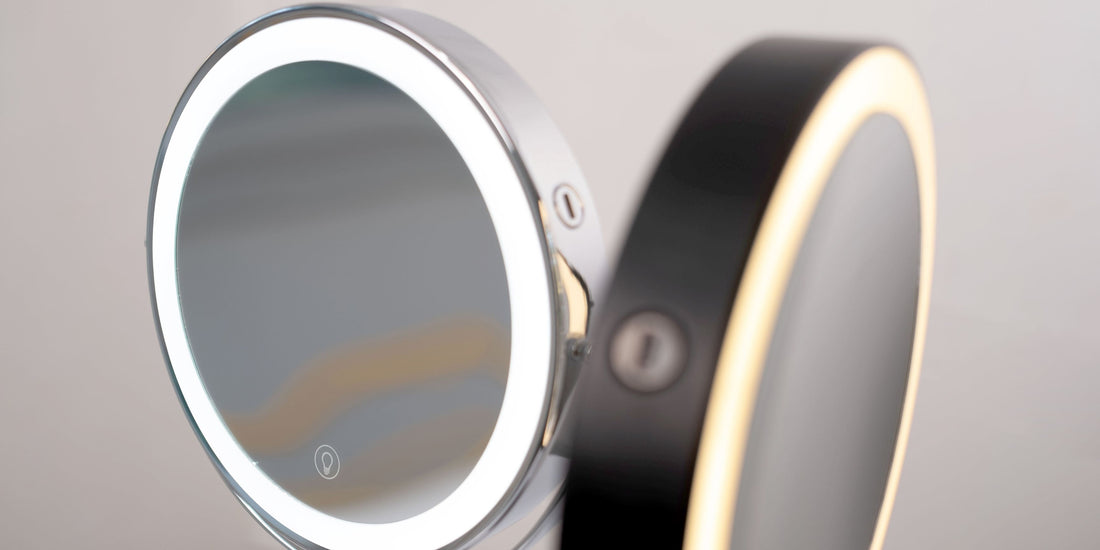When it comes to perfecting your makeup routine, lighting plays a crucial role. One of the most important aspects of lighting is the color temperature. Understanding color temperature can help you choose the best lighting for applying makeup, ensuring you look your best in any setting.
Understanding Color Temperature and Its Impact on Makeup
Color temperature, measured in Kelvins (K), describes the hue of a specific type of light source. It ranges from warm (yellow/red) to cool (blue). Here’s a quick breakdown:
Warm Light (2700K - 3000K): This light has a yellowish hue, similar to incandescent bulbs or candlelight.
Neutral Light (3500K - 4500K): This light is more balanced and resembles natural daylight.
Cool Light (5000K - 6500K): This light has a bluish tint and mimics daylight at noon.
For makeup application, the goal is to replicate natural light as closely as possible. This helps you achieve a flawless look that looks good both indoors and outdoors.
Warm vs. Cool Lighting: Which Is Better?
Both warm and cool lighting have their places in makeup application, but they serve different purposes:
Warm Lighting: This can create a cozy and flattering atmosphere. However, it tends to mask blemishes and uneven skin tones, making it challenging to apply foundation or concealer accurately. Warm light is excellent for creating a soft, romantic look but not ideal for precise makeup application.
Cool Lighting: Cool light, on the other hand, highlights every detail, including flaws. This can be beneficial when you need to ensure your makeup is perfectly blended and your skin tone is even. Cool light is great for a clean, polished look but can sometimes be too harsh, especially if you’re aiming for a softer appearance.
How to Adjust Lighting Based on Different Makeup Looks
Everyday Natural Look: Use neutral light (around 4000K). It closely mimics natural daylight, helping you achieve a balanced and true-to-life look.
Position your LED lights around your mirror to eliminate shadows on your face.
Evening Glam: For a dramatic evening look, slightly warmer light (around 3000K - 3500K) can be flattering. It softens the features and gives a warm glow to your skin.
Consider dimmable LED lights to adjust the intensity of the light, creating a softer, more glamorous effect.
Professional and Artistic Makeup: Opt for cooler light (5000K - 5500K). This light is closest to natural daylight and ensures that colors appear true and details are clearly visible.
Use multiple light sources to avoid shadows and ensure even lighting across your face.
Tips for Setting Up Your Makeup Lighting
Use Multiple Light Sources: Position lights around your mirror to create even lighting. This setup minimizes shadows and ensures a uniform look.
Adjustable Lighting: Consider lights with adjustable brightness and color temperature. This allows you to tailor the lighting to your specific needs and different times of the day.
Avoid Overhead Lighting: Overhead lighting can cast unflattering shadows. Aim for lighting at eye level or slightly above for the best results.
By understanding and adjusting the color temperature of your LED lights, you can enhance your makeup application process, achieving professional-looking results every time. Whether you’re going for a natural daytime look or an evening glam, the right lighting can make all the difference.




